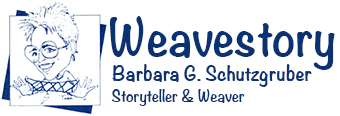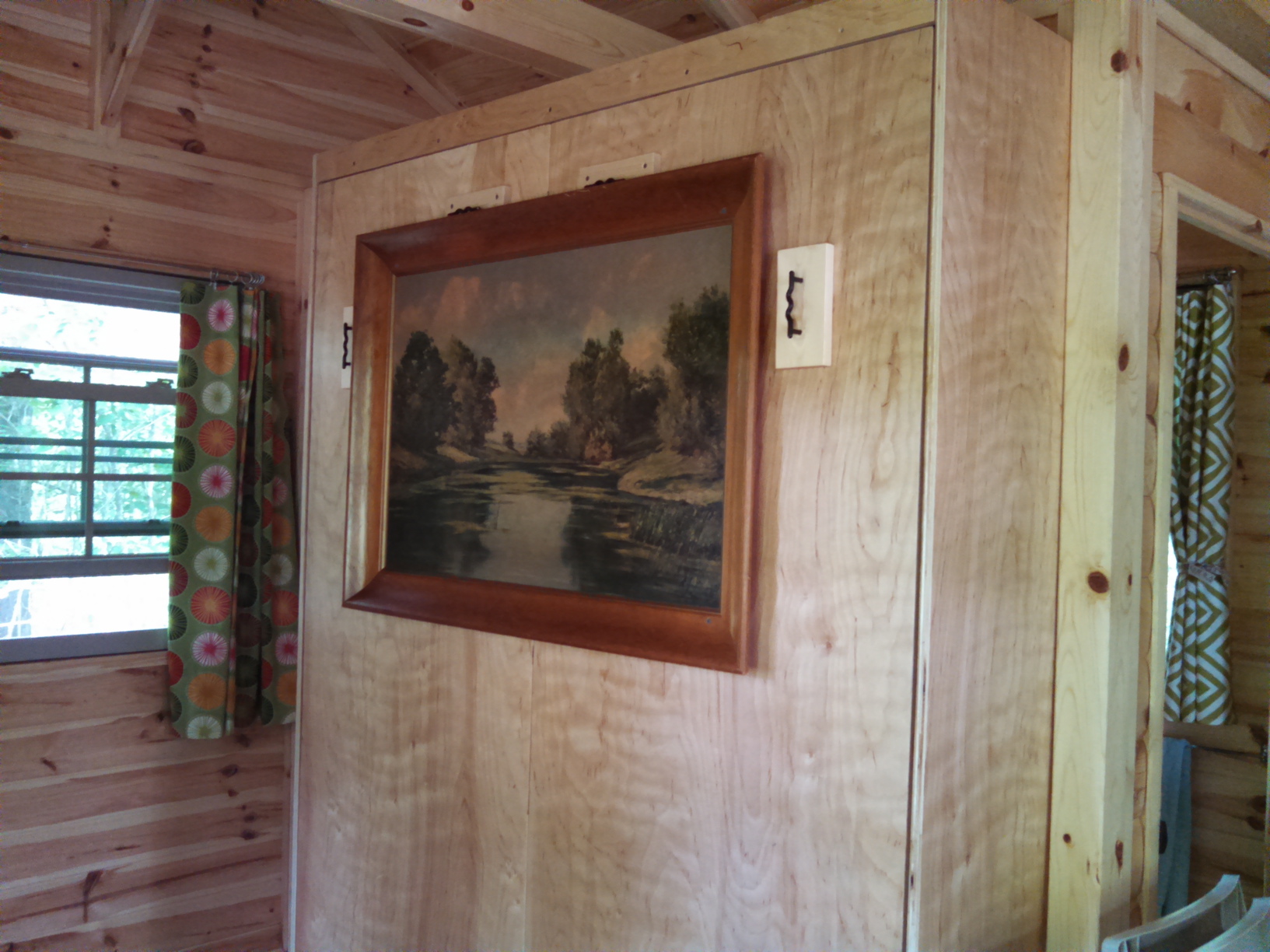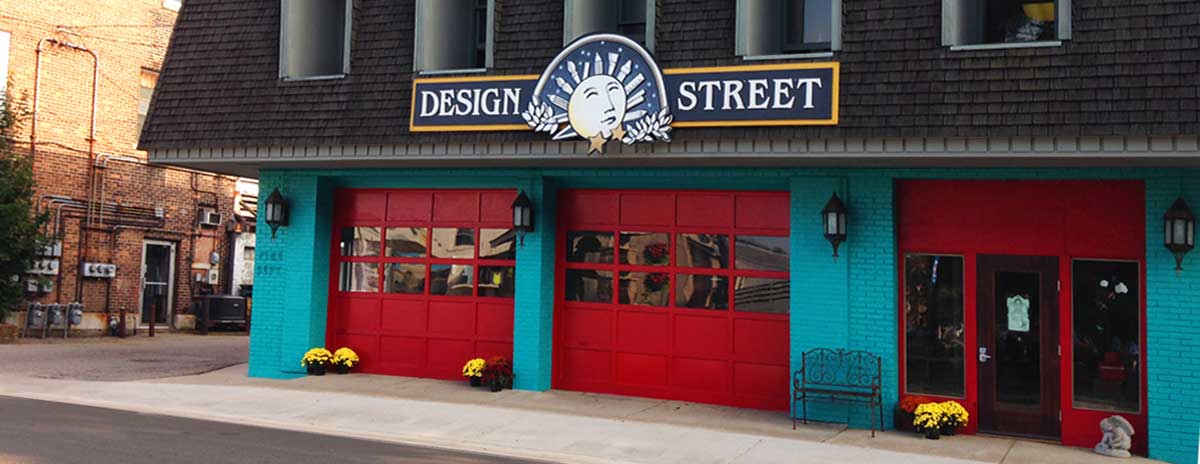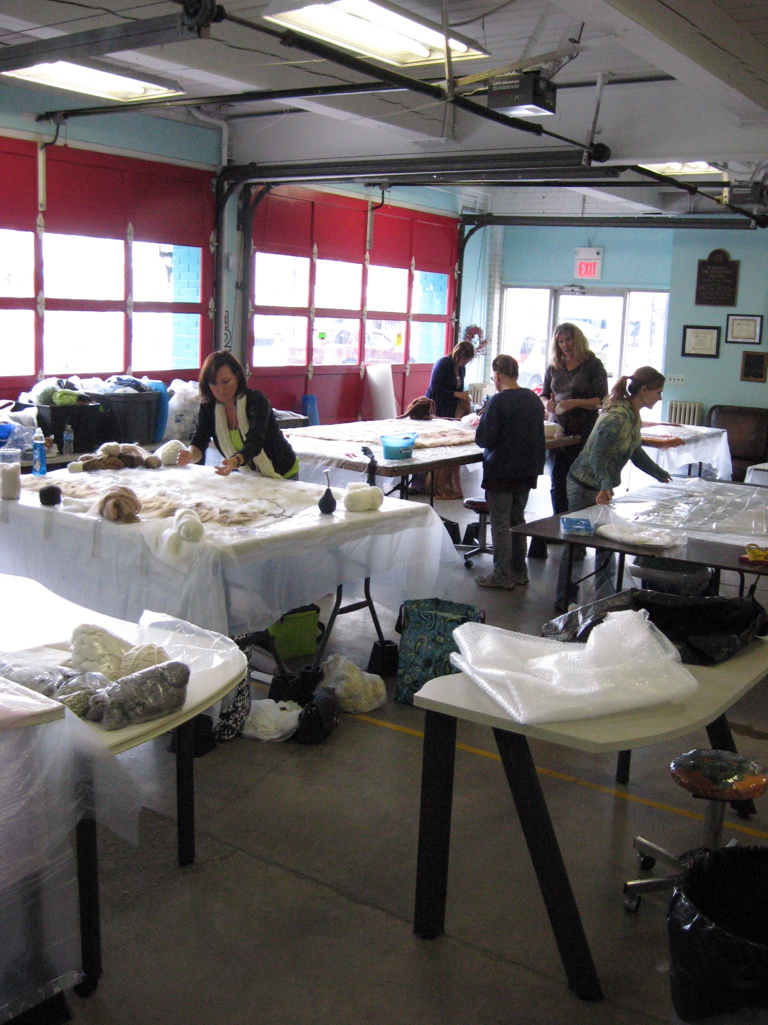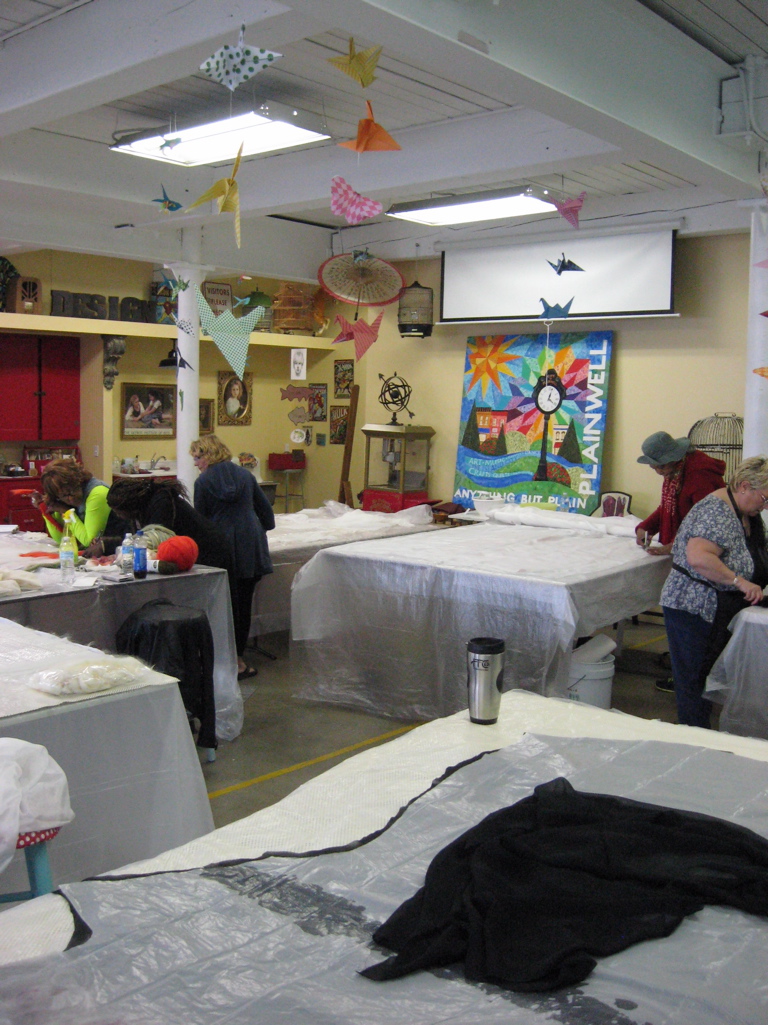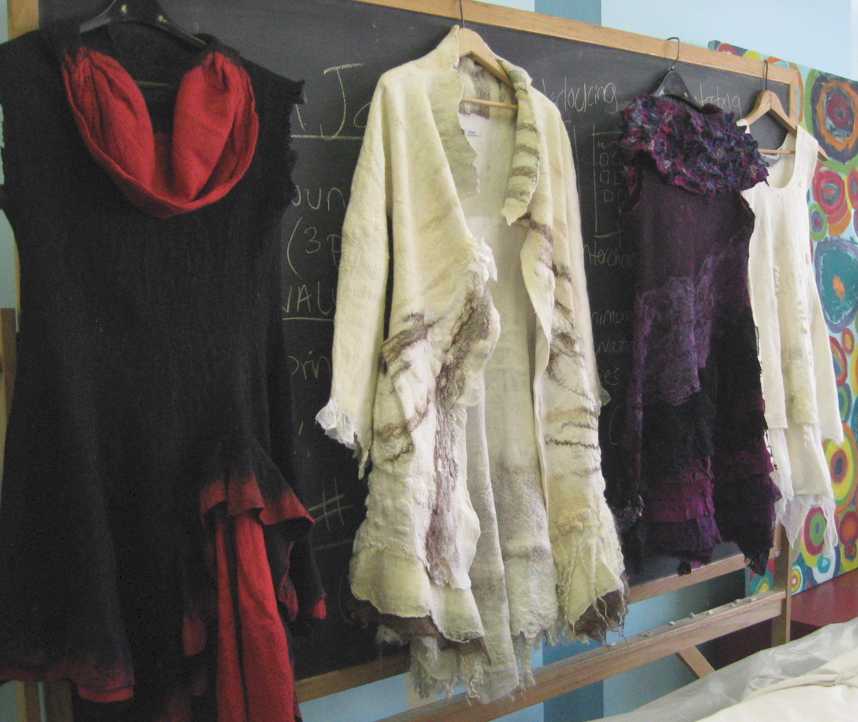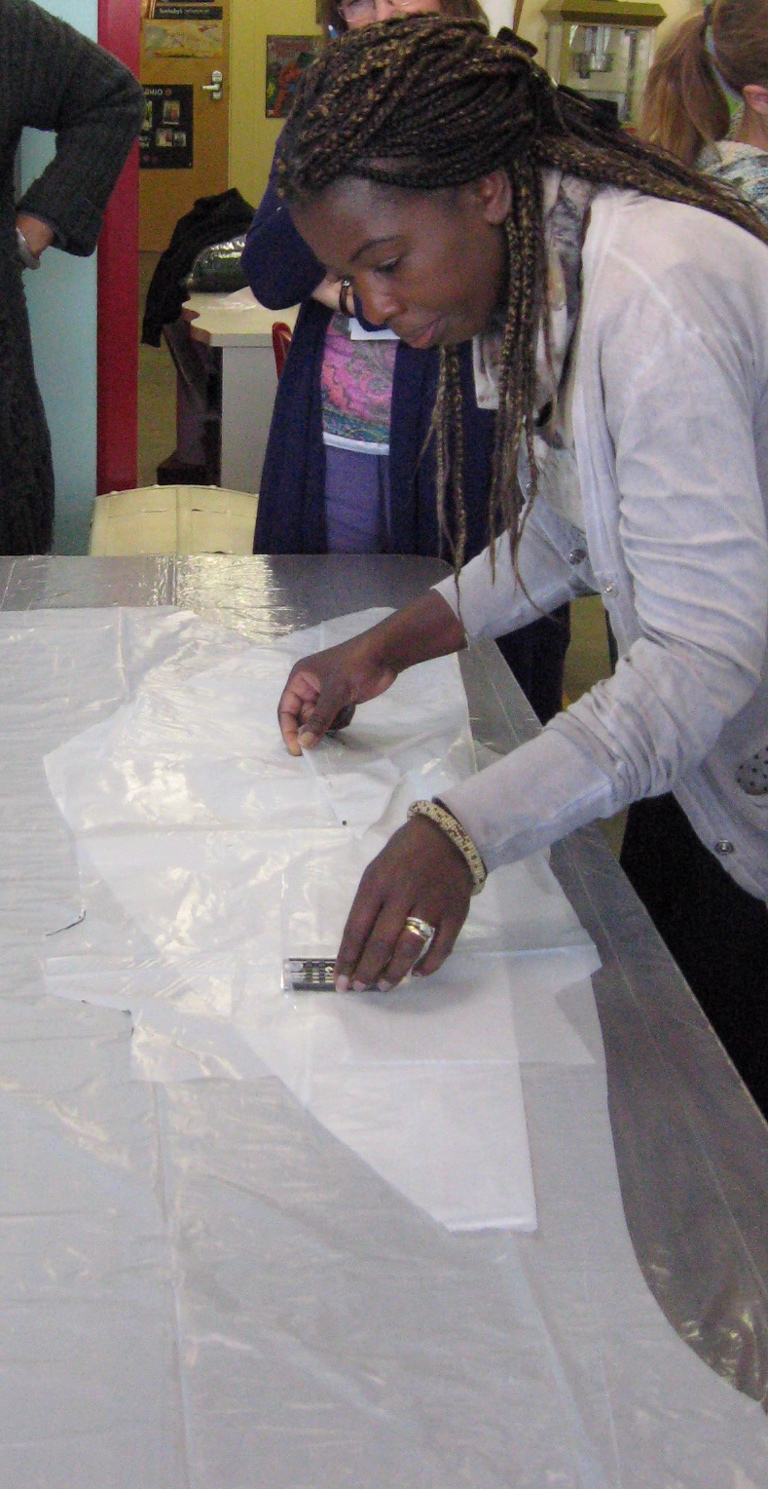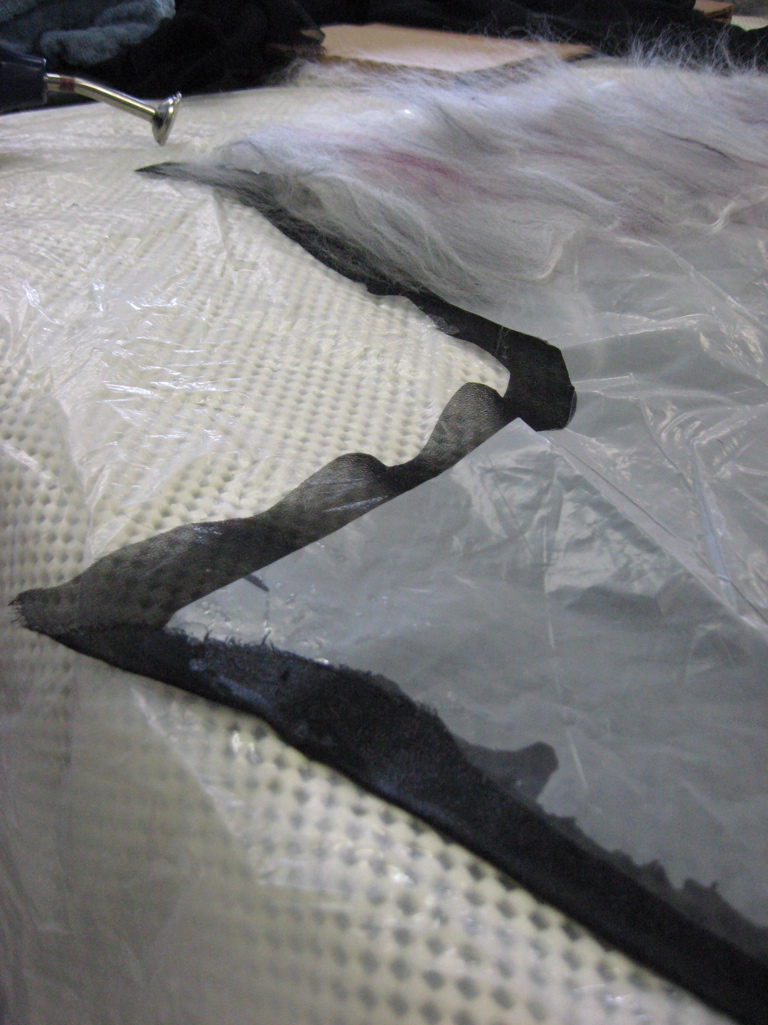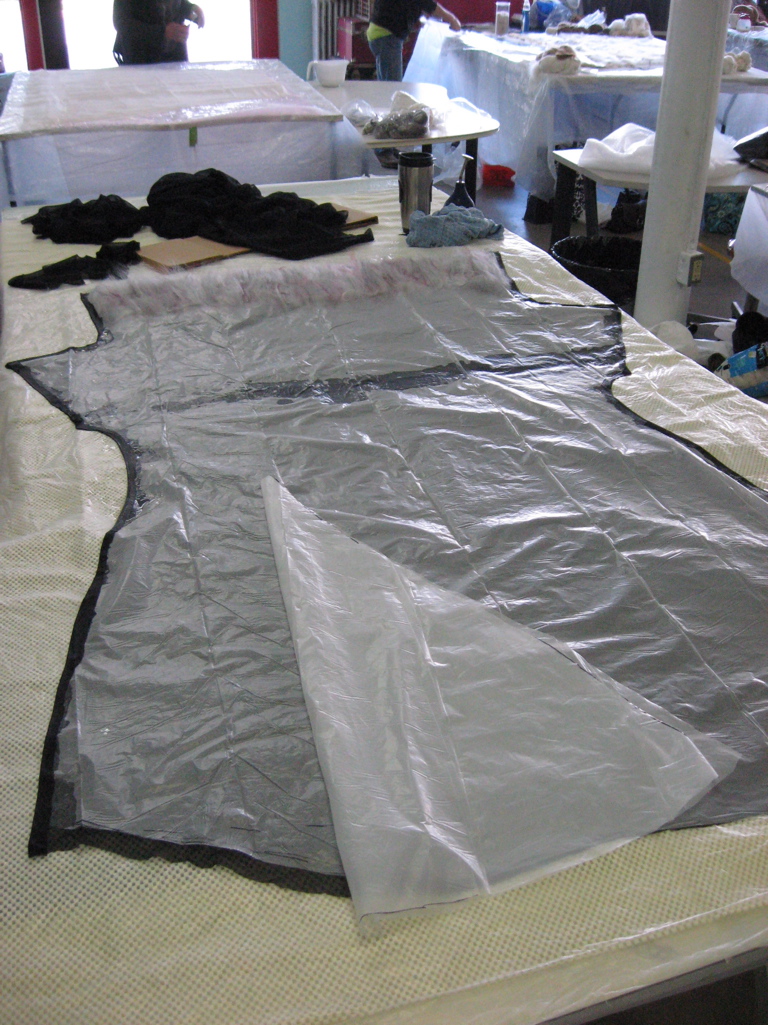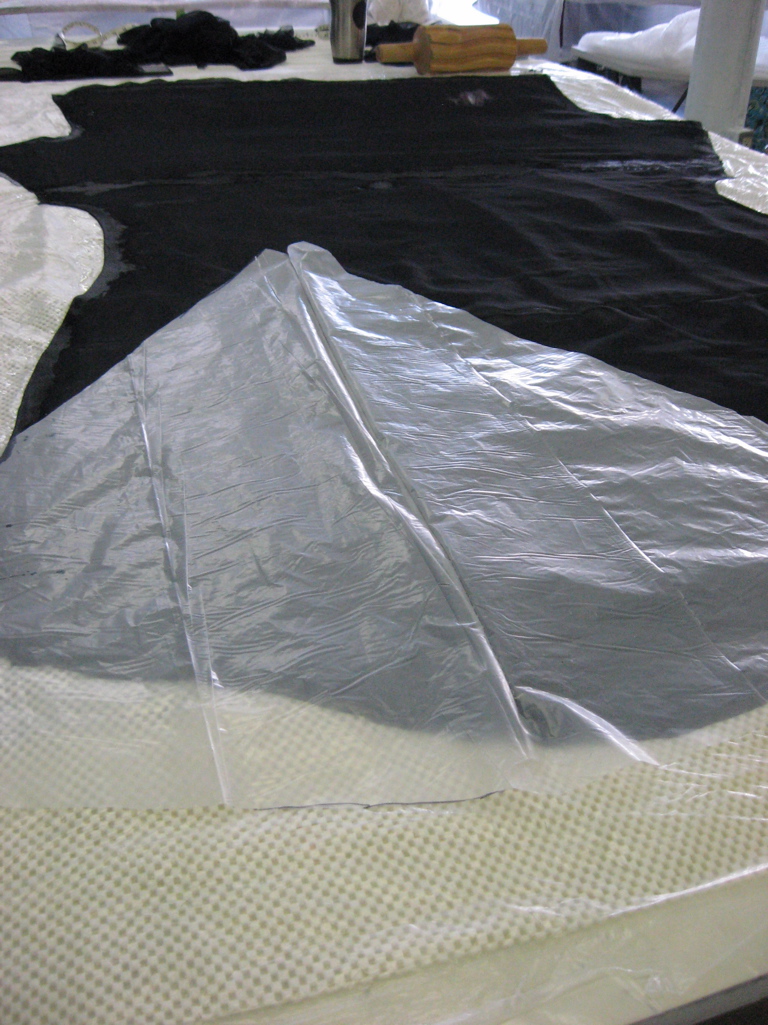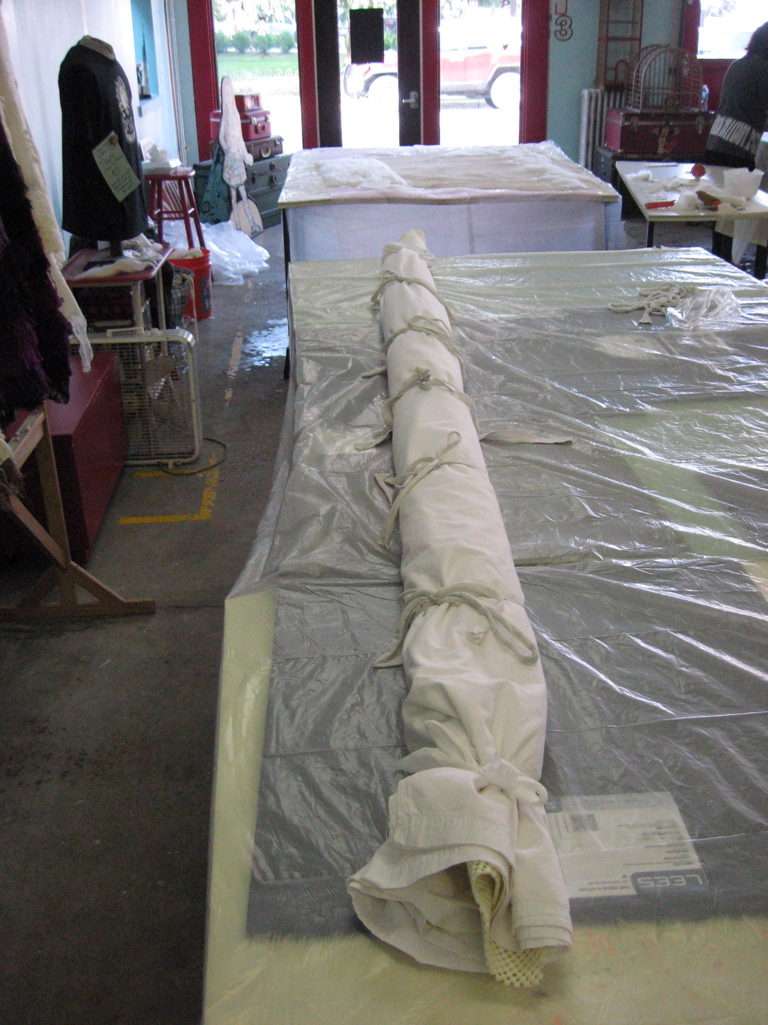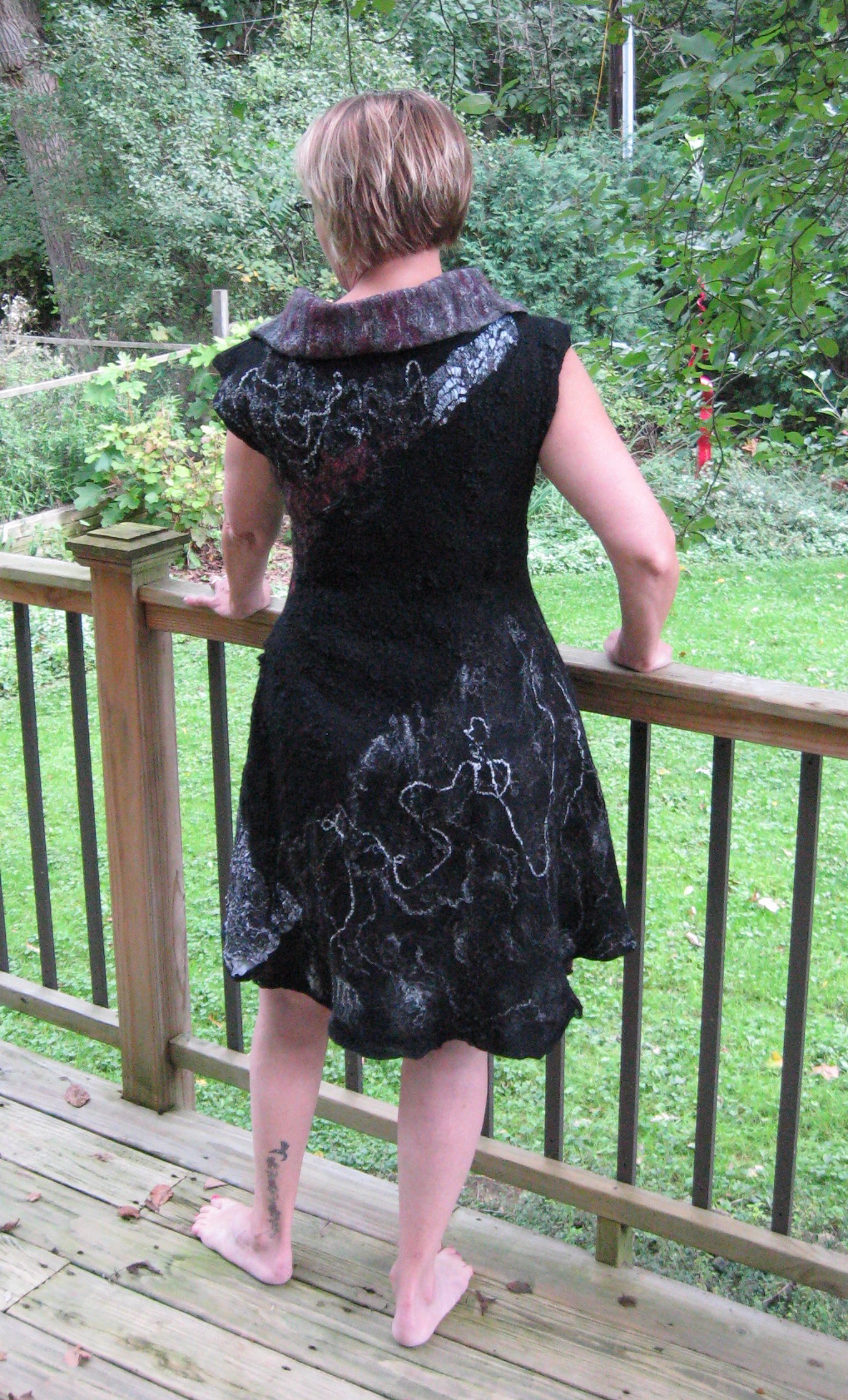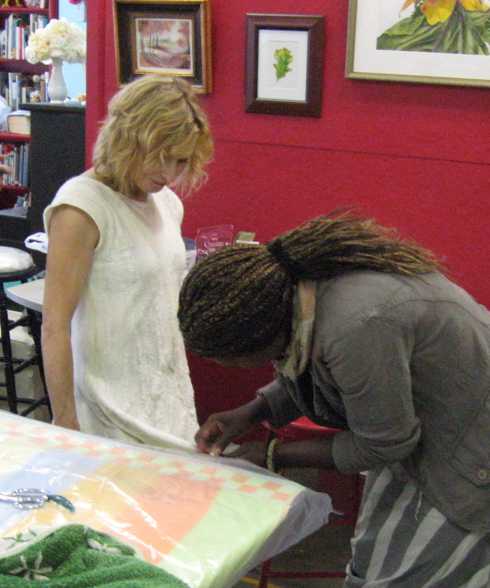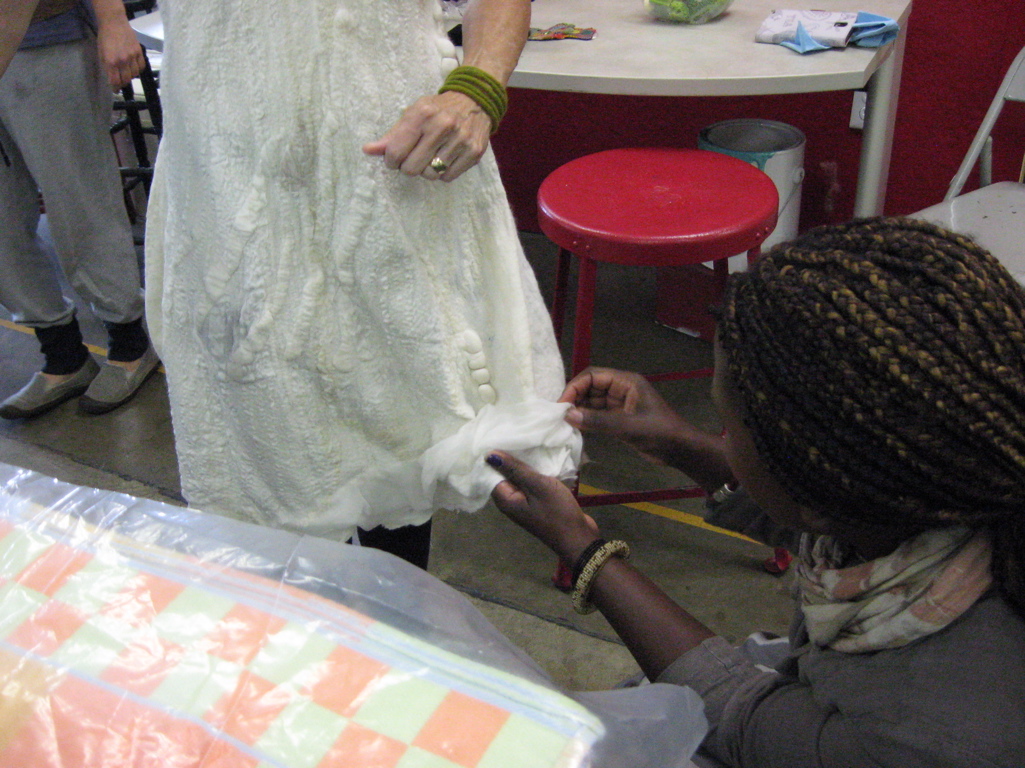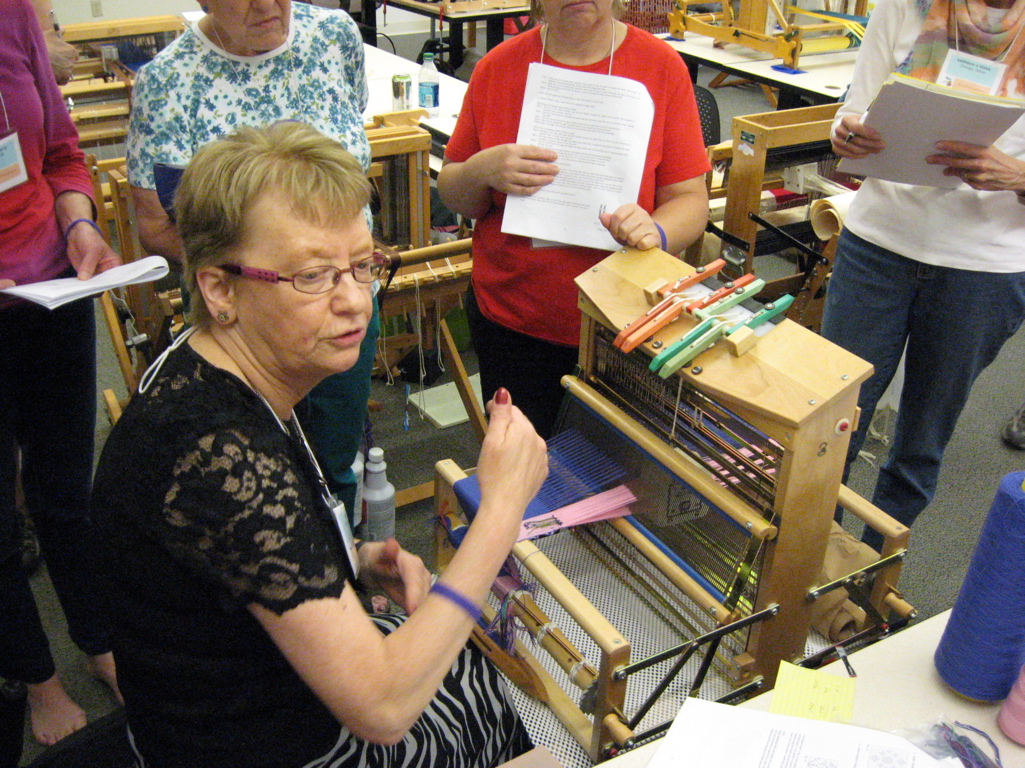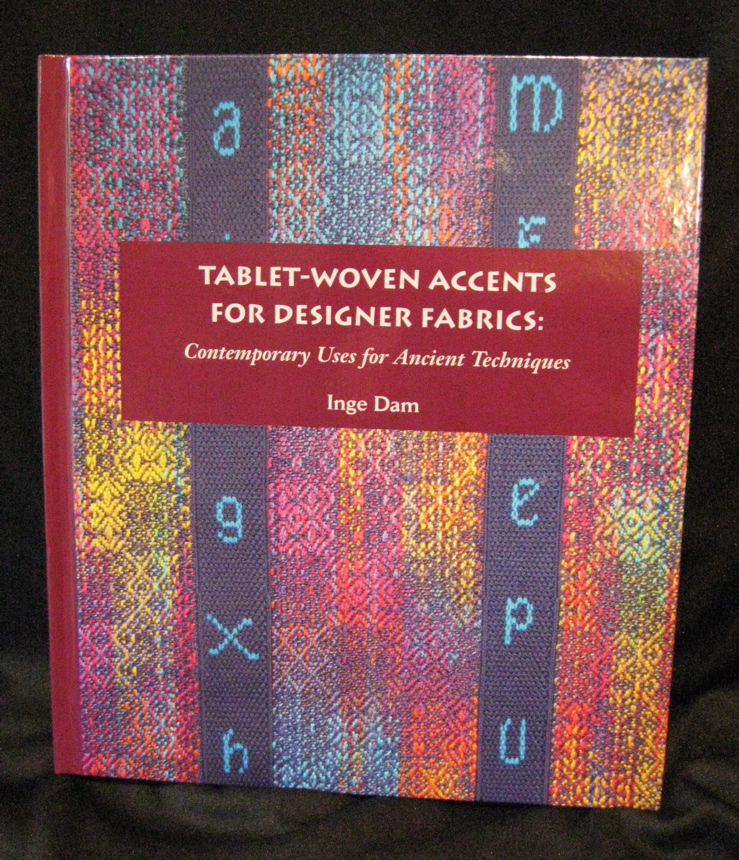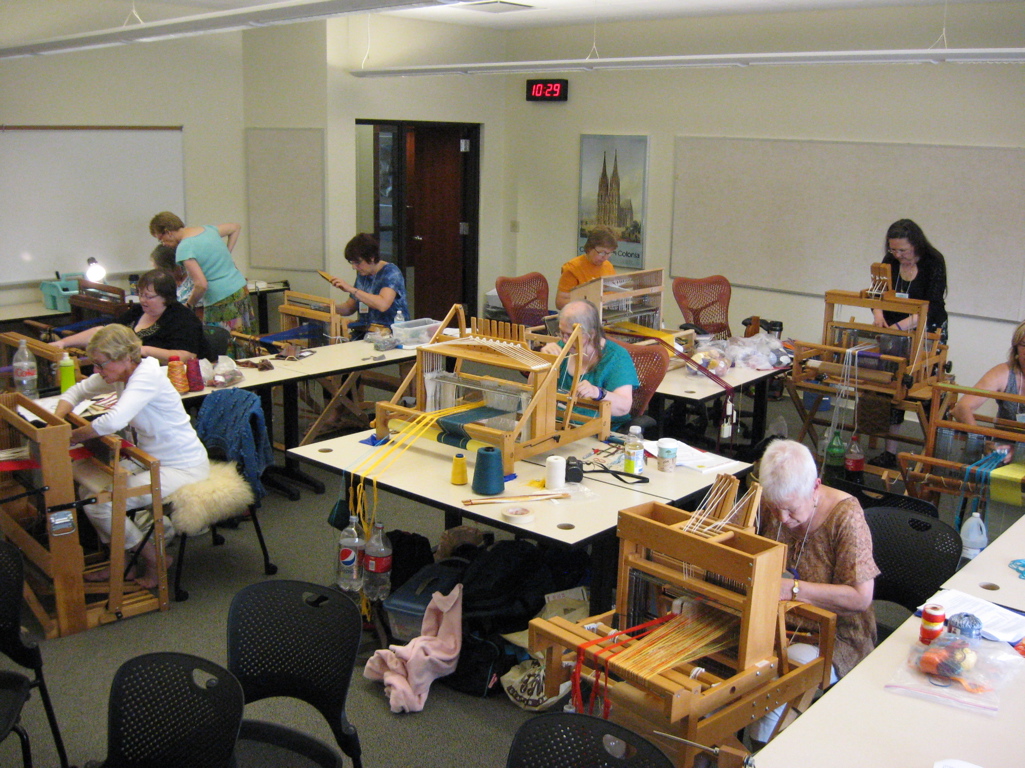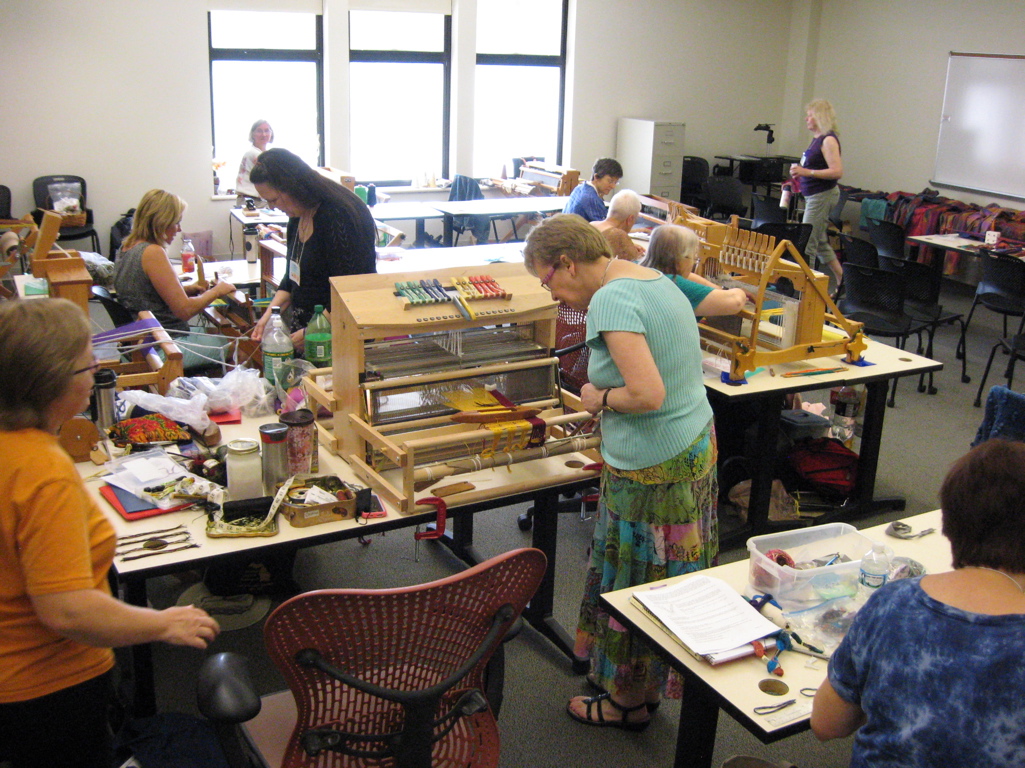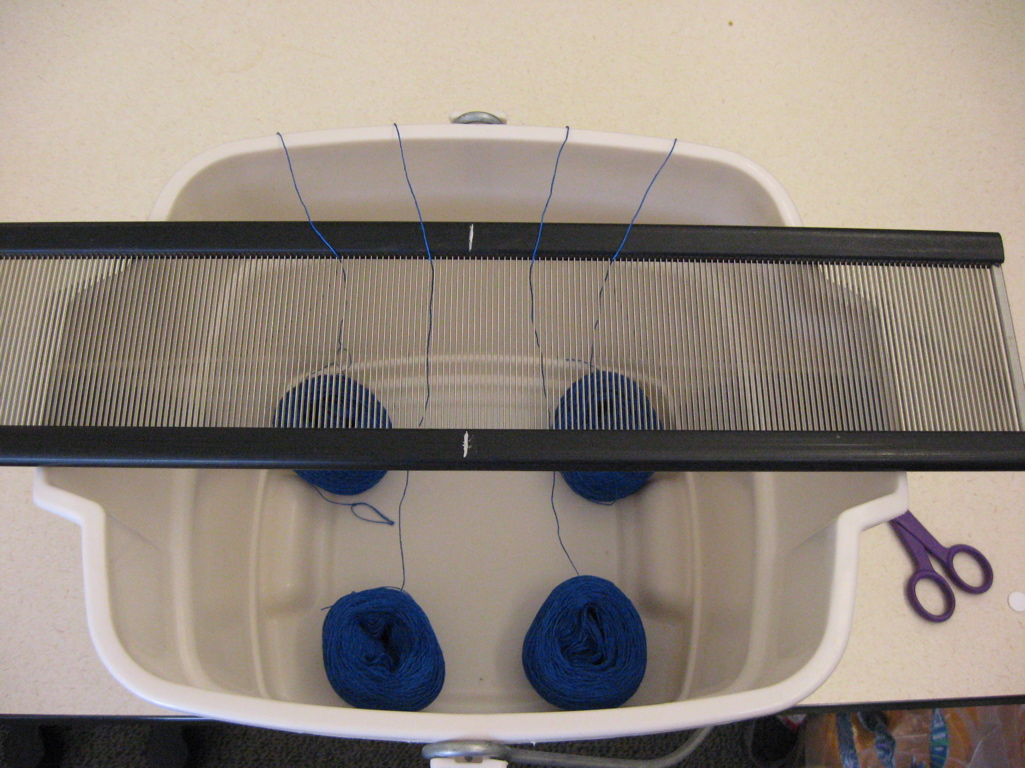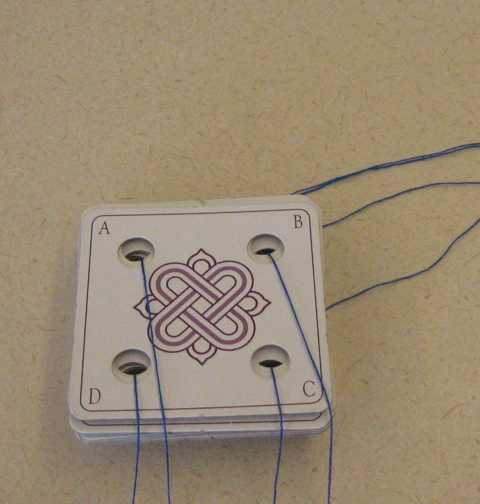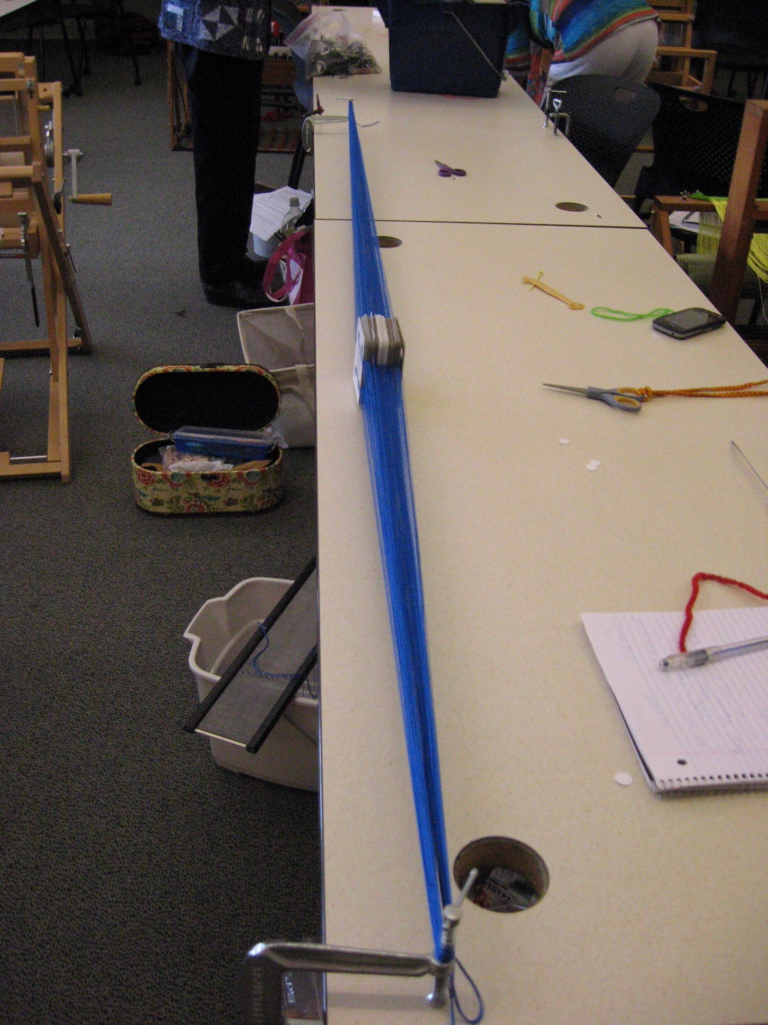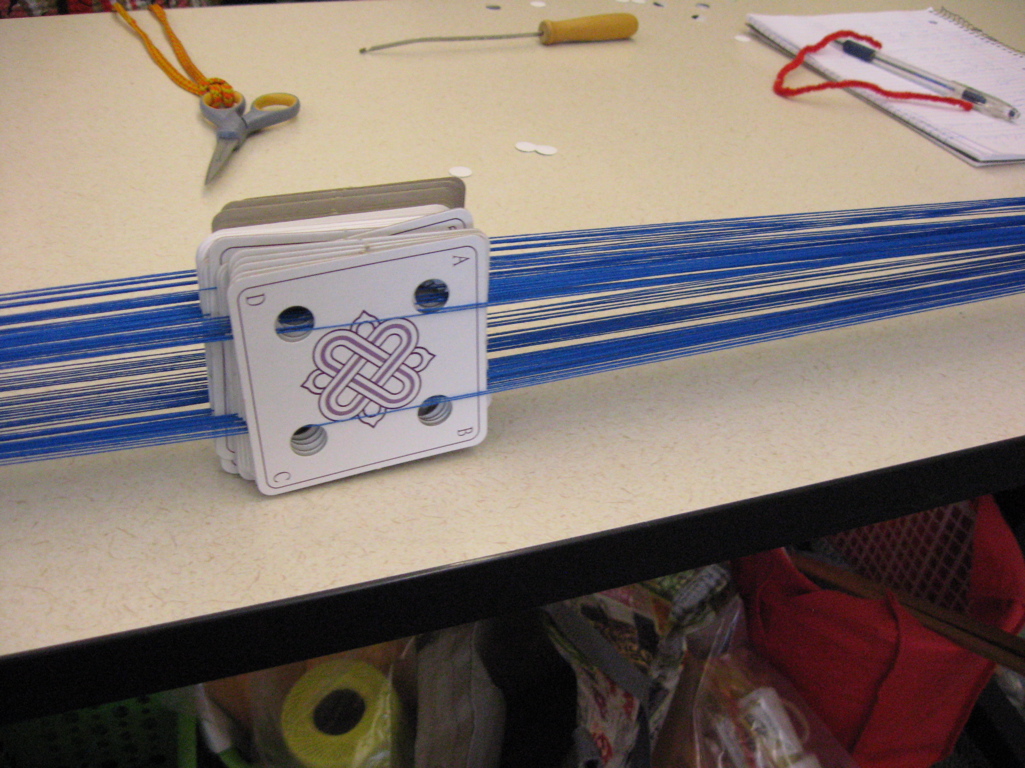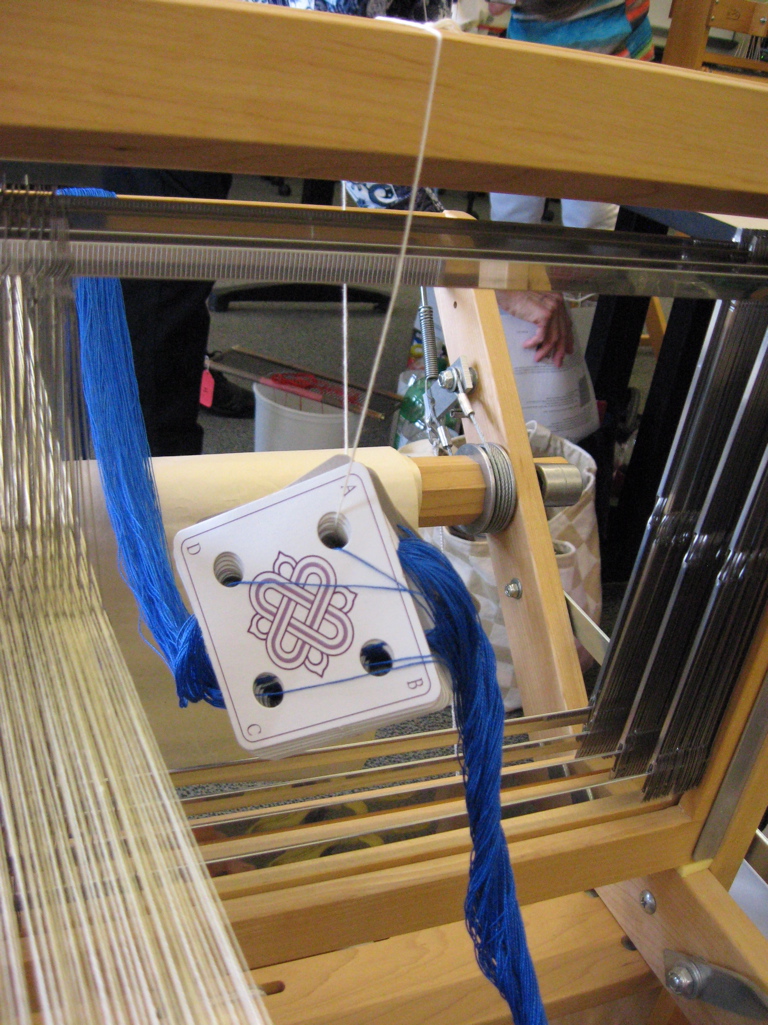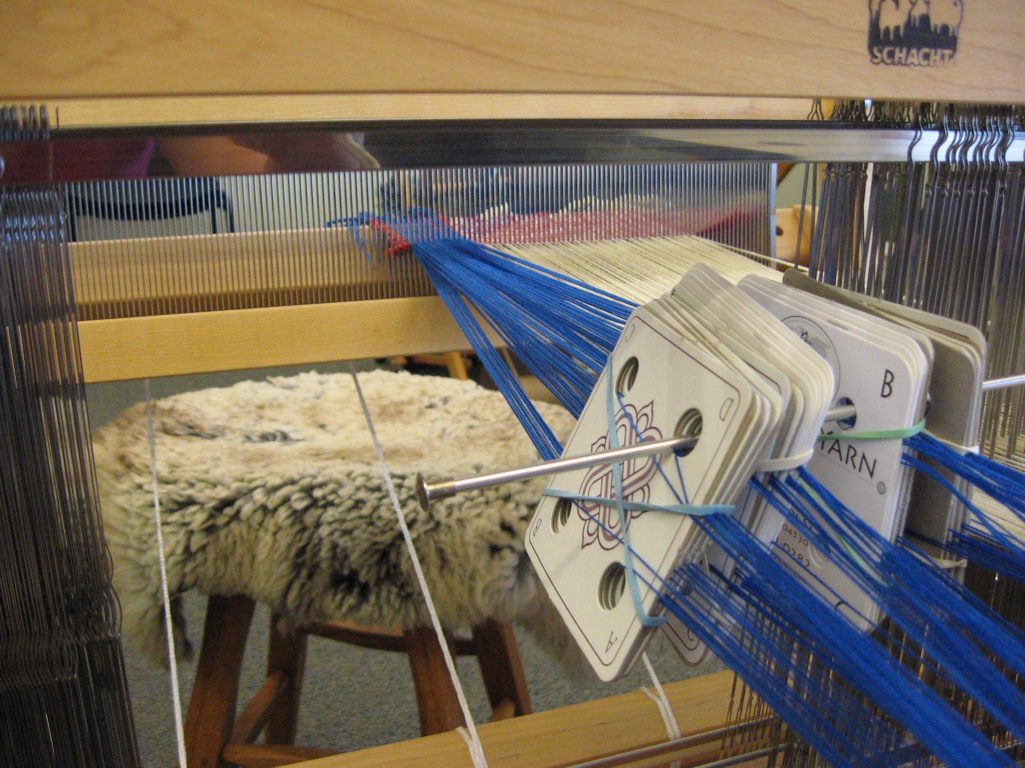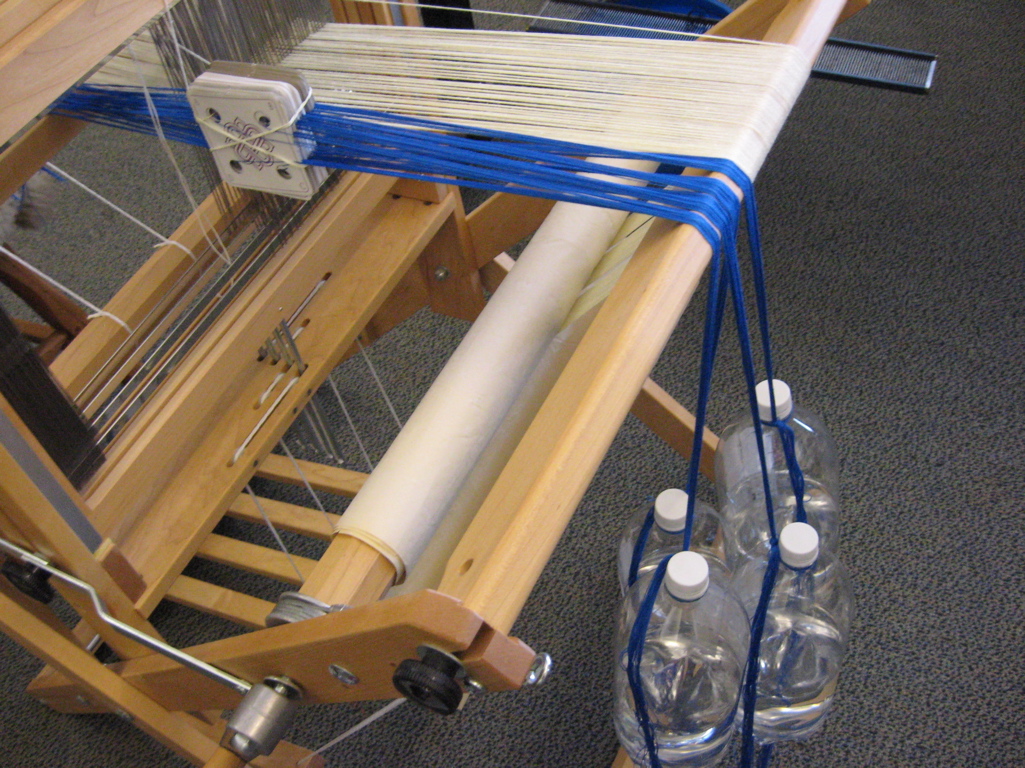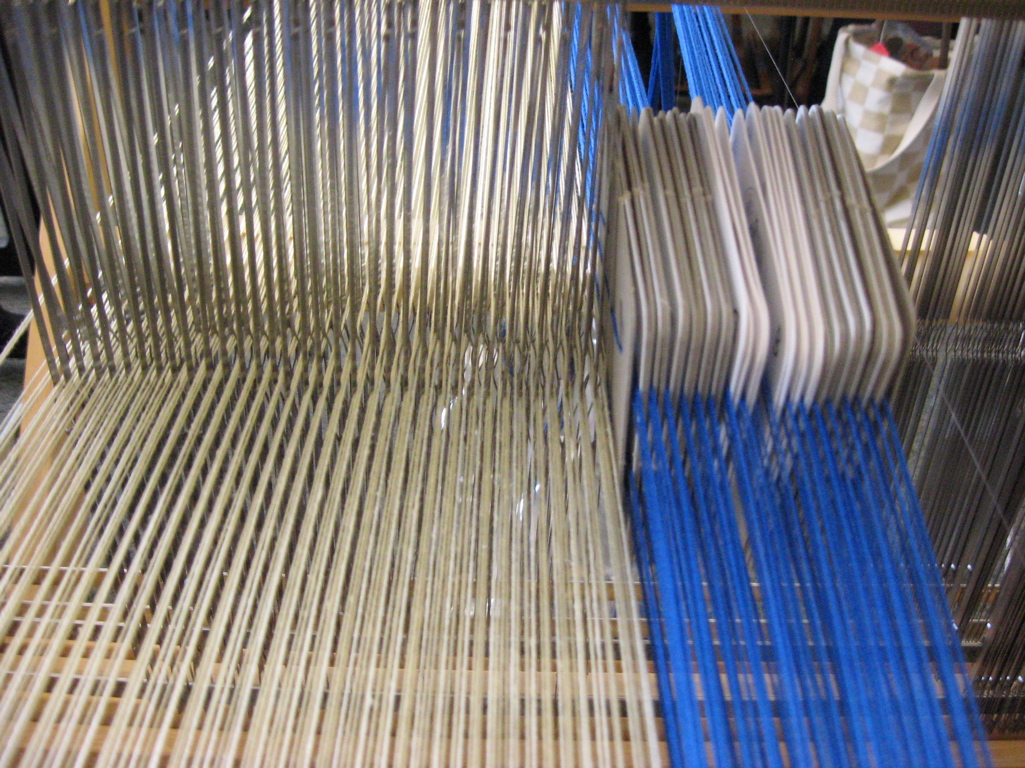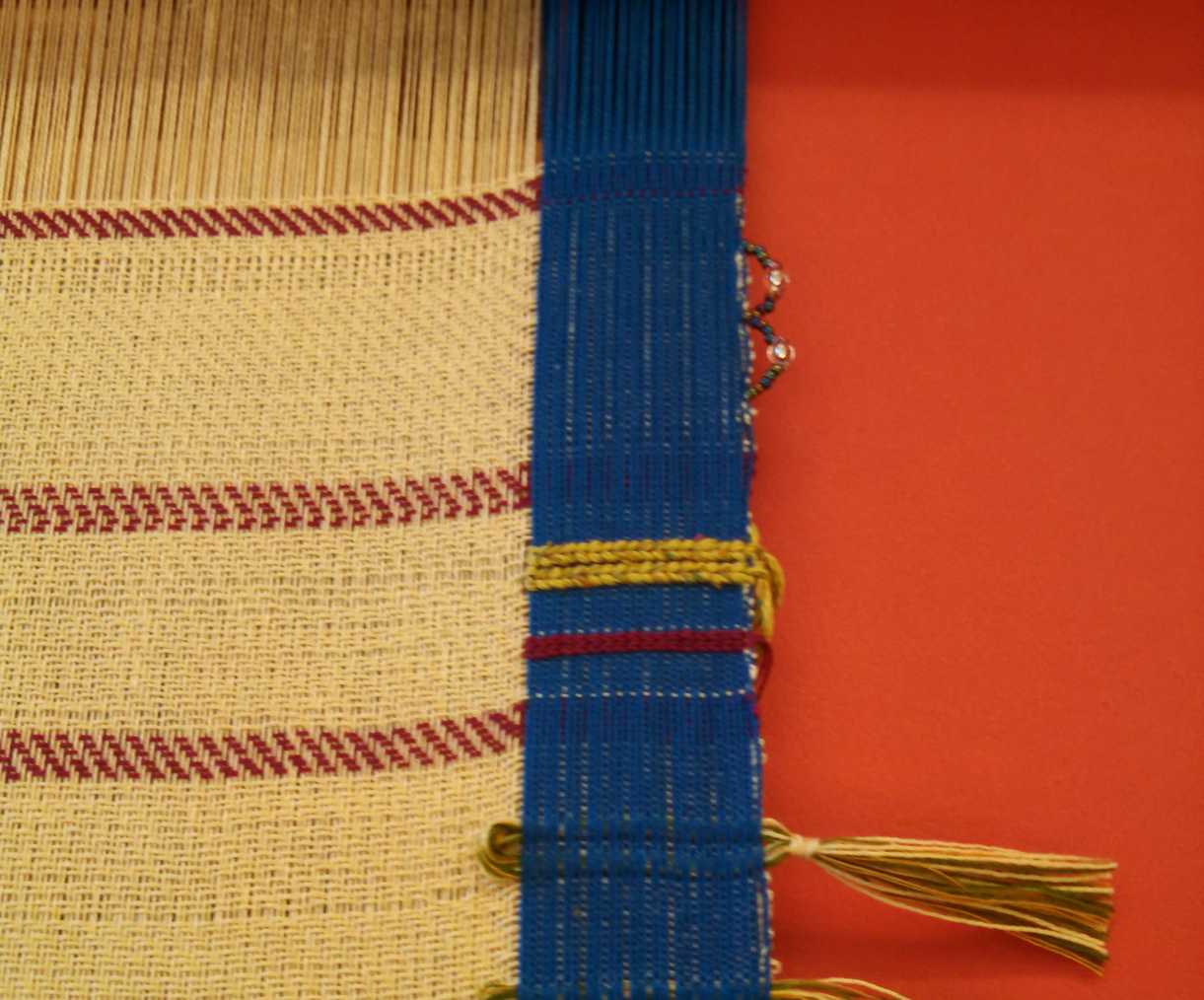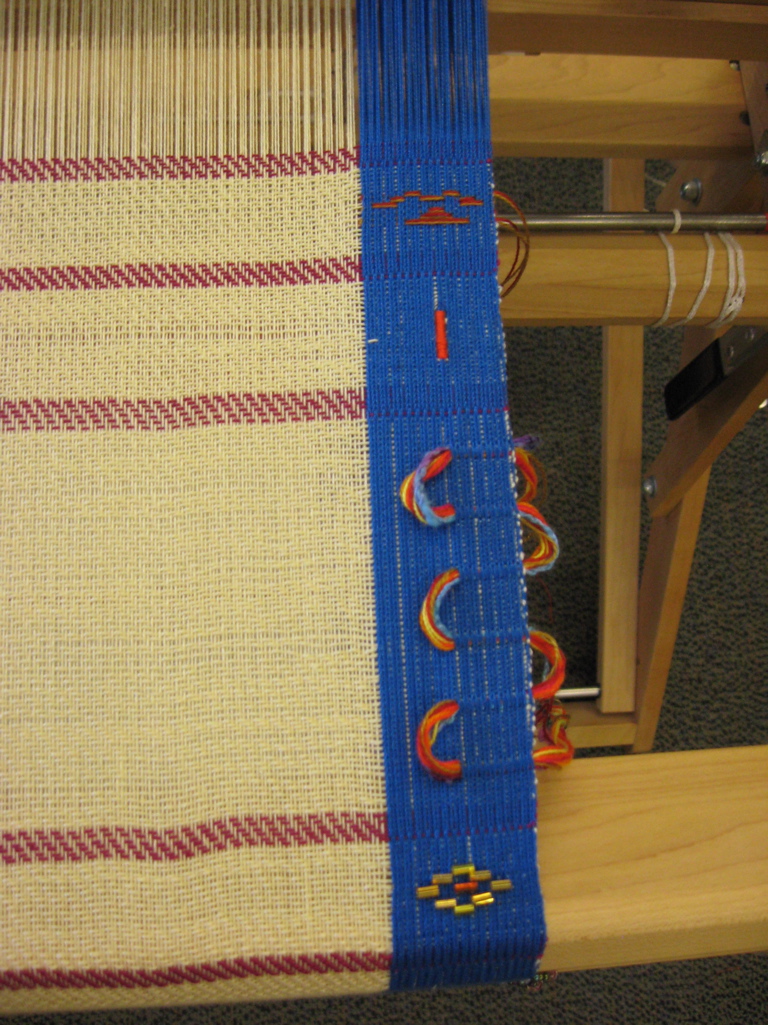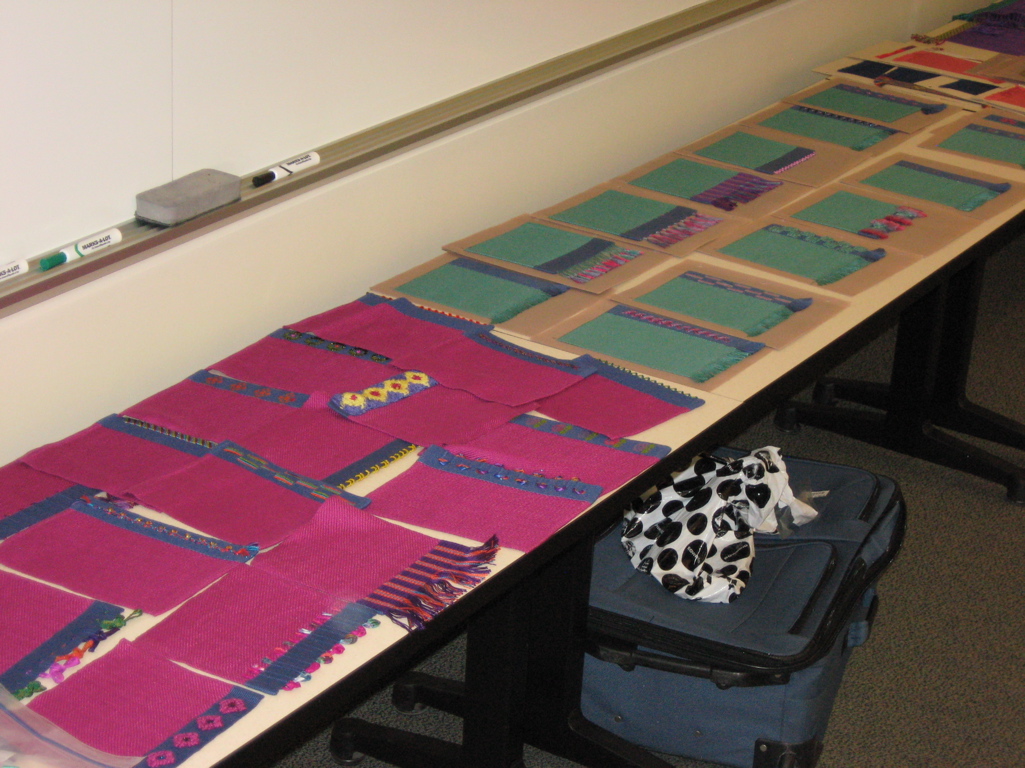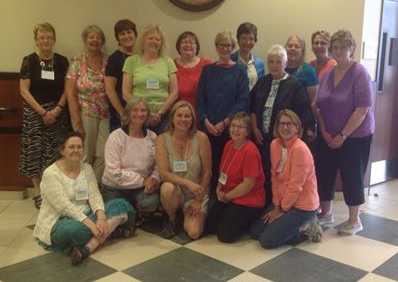Cartography Chic
Guilds and associations are great places to connect with other artists, bounce ideas around, get support, feedback, and be challenged to push one’s creativity and art. My fiber guild is the Ann Arbor Fiberarts Guild and back in May 2014, a challenge was issued for the April 2015 meeting:
Recycled and Repurposed Runway
Tablecloths, cassette tape, telephone wire, discarded garments, curtains and draperies, old sweaters, cast off jewelry – any and all of these materials might go into a garment or accessory you create for this creative runway show.
Your object of fashion may be wearable and useable…. or not,
sedate or flamboyant…. or something in between,
fashionable…. or not.
The only criteria is it must be made from used materials.
How creative can Guild members be?
We will learn the answer to that on the runway!
I had already woven a garment using audio cassette tape [see July 2013 post “Recycle… Upcycle…. Fairs… and more…..”] which had been part of our annual spring fashion show in 2014 so I wanted to come up with something new. What to use and what to do? For the next 9 months ideas simmer in the back of my mind…. and then I cleaned out a cabinet. There were the National Geographic maps that had been collecting for over 30 years!
Cartography ~ study and practice of making maps
The premise being that by combining science, aesthetics, and technique,
reality can be modeled in ways that communicate spatial information effectively.
I’ve always liked maps. The lines, shapes, colors can be beautiful works of art. We even used them to decorate the nursery when the kids were little. I would weave something out this pile of maps!
But what?
In 1999, I attended my first Association of Guilds of Weavers, Spinners and Dyers summer school taking a course on weaving with bulrushes taught by Linda Lemieux. In the USA, bulrushes are a protected plant but in the UK, they can be cultivated and harvested making this was a unique opportunity for me. We wove braided bands, containers and finished the week with making a hat.
I would use those same techniques to weave a hat & purse out of maps! I made samples weaving on the bias and plain weave to see how pliable the map paper was. It was quickly apparent that the paper on its own was very flimsy and I would have to reinforce it to keep it from tearing and to be firm enough to hold the shape.
Using my notes from a workshop I took in 2000 from Jackie Abrams weaving with painted cotton paper as reference, I used a spray adhesive to attach the map paper to sheets of artist canvas. I made several more tests cutting the map/canvas strips into 1/2″ and 1/4″ widths and used waxed linen thread when twinning was needed. This worked much better and I was ready to start!
I laid out 1/2″ wide map/canvas strips in a plain weave….
and laid that on the bias over a hard foam hat block to weave the crown using pins and clips to keep it in place. I stitched the base of the crown to secure the proper diameter.
I was not able to weave the brim as I had done on the bulrush hat but made it separate and attached it to the crown using hot glue.
Next I trimmed the spokes, used the spay adhesive to attach a map to the underside of the brim, and machine stitched around the edge.
Making the purse was MUCH easier!!! Using 1/2″ map/canvas strips and a styrofoam block for the mold, I wove a 12″ x 5 1/2″ x 1″ clutch bag.
All the pieces were given a coat of matt varnish to provide added strength and protection.
The Cartography Chic Hat & Purse Set is just the ticket
for any explorer with a flair for fashion!
